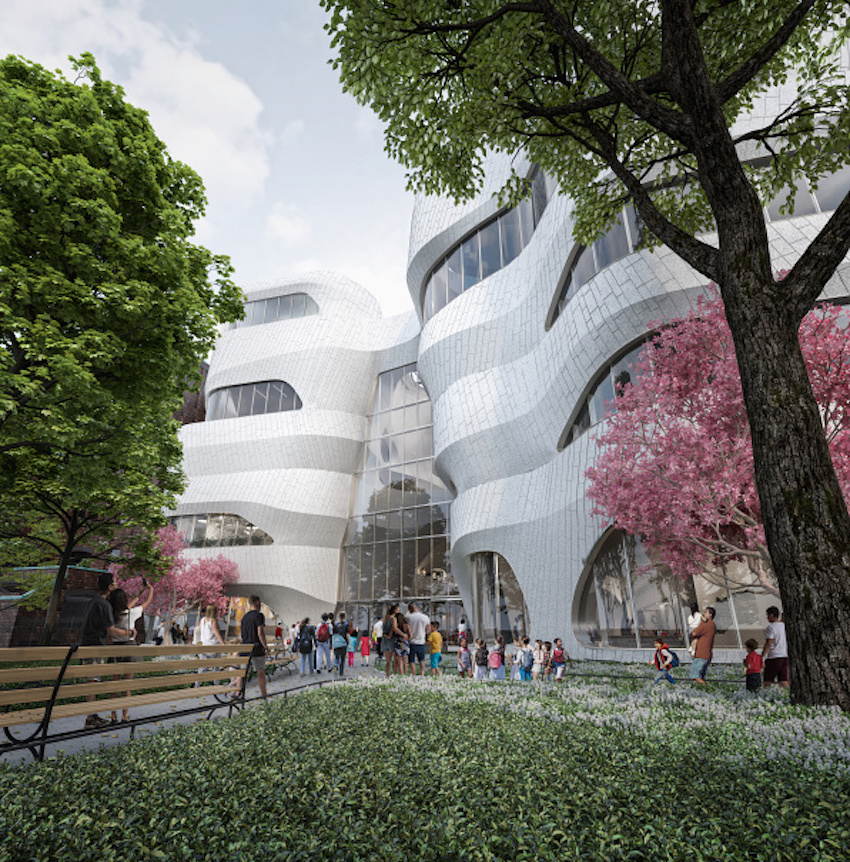
Jeanne Gang of Studio Gang
Refreshed perspective on the concept of sustainability
Sponsored by Vitro Architectural Glass | Presented by Jeanne Gang
Jeanne Gang, founder and principal architect of Studio Gang, is known for her inquisitive, forward-looking approach to design. In this episode, Gang discusses some of the studio’s major projects, including New York City’s Richard Gilder Center for Science, Education, and Innovation and the Arkansas Museum of Fine Arts (AMFA). She explains how nature and natural sciences influence her approach to design and describes the ways in which the firm aims to transform original architecture into updated and innovative renovations without a too-heavy hand. She also provides a refreshed perspective on the concept of sustainability and discusses what role she thinks architecture has in planning future cities.

Photo courtesy of Studio Gang
Approach to the Gilder Center from Theodore Roosevelt Park
 |
Aaron Prinz is the host of the Design:ED Podcast and holds a Masters of Architecture degree from the University of Texas at Austin. He was born and raised in the rural Northern California town of Red Bluff, just two hours south of the Oregon border. After one year of college, Prinz relocated to San Francisco to pursue a career in stand-up comedy. At age 26, he began studying architecture at Portland State University while interning at Studio Petretti Architecture led by Amanda Petretti. His professional contributions while at Studio Petretti were focused on a portion of the new Multnomah County Courthouse which is a prominent addition to the Portland skyline. He currently resides in Austin, Texas with his wife Roxanne where he continues to work as a designer. |
Vitro Architectural Glass (formerly PPG Glass), North America’s largest glass producer, is dedicated to glass innovation and fueled by the same people, plants and products that made PPG Glass one of the industry’s most respected and reliable commercial glass manufacturers.
Originally published in Architectural Record
Originally published in August 2023
LEARNING OBJECTIVES
- Explain how Jeanne Gang used nature as inspiration in both the AMFA and Richard Gilder Center for Science, Education and Innovation.
- List some of Gang’s approaches to updating and transforming existing architecture in order to provide new public spaces.
- Describe Gang’s view on the concept and implementation of “sustainable” architecture.
- Discuss Gang’s interest in post-industrial cities in the U.S. and how it impacts her projects.












